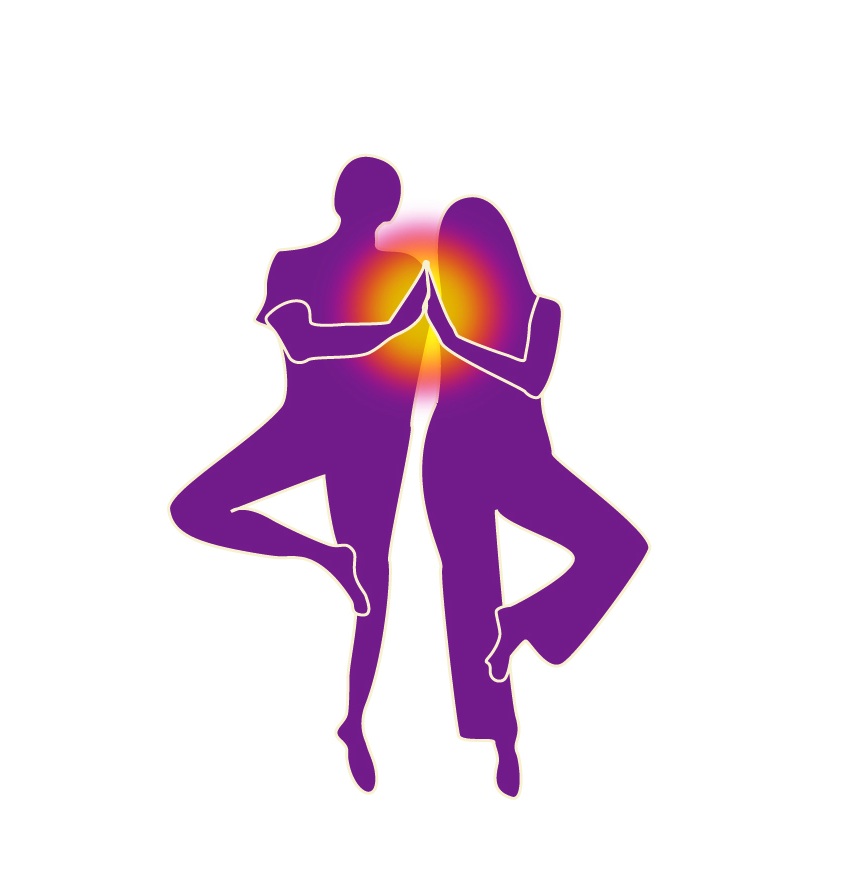by Michael | May 19, 2016 | Partner Yoga, Yoga Clothes, yoga mats
Best Yoga Mats
Part 2 of 3
THICKNESS
If you are older or you have knee issues you might want a thicker mat. It will provide more cushion that you will need. If you have sensitive knees then when you are in the lunging poses, a thin mat will be your knee’s worst enemy. If you do have a thin mat you can always roll it up a bit under your knee or put a folded blanket underneath. The tradeoff is that thick mats can make it harder for you to feel a strong connection to the floor, making you more wobbly in tree pose. You can always stand off the mat in the balancing poses. For beginners, I often have them use a wall without a mat for extra support.
PORTABILITY
A standard mat is about 1/8 inch thick, while the thickest swell up to 1/4 inch. There are also wafer-thin mats, often billed as “travel mats,” that are a mere 1/16 inch thick. They fold easily and don’t weigh much, making them a cinch to fit in a suitcase. Consider how much room you have to stow your mat, how important portability is, and where your sweet spot is on comfort.
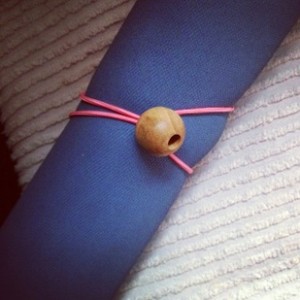
If you use public transport or walk to your yoga studio, you will probably want a lighter mat. I’d also recommend getting a mat bag as well if that is the case.
If you drive right up to the studio, then a heavier, thicker mat won’t bother you and there’s not much point to geting a mat bag. If you are on airplanes a lot and who wants to pay the extra $25 each way to check luggage, then get yourself a foldable travel yoga mat in the 1/16 inch range. I haven’t used them yet, but am always temped to buy the Yoga Paws so you just put on yoga gloves and slippers and don’t have to worry about carrying a mat. Has anyone out there tried them…what do you think?
TEXTURE/STICKINESS
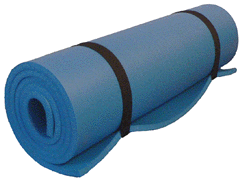
The texture of your mat dictates how much traction it provides. Like stickiness, texture affects how much slipping and sliding you do. It provides physical barriers to sliding (whereas stickiness relies on suction). And because texture affects the way a mat feels, it’s also a component of overall comfort. If you’re a Princess and the Pea type, any bumpy texture will likely aggravate you in savasana. Texture is more important for those hot, sweaty classes where you are more likely to slip on a smooth surface that doesn’t give you any traction.
If you’re looking for a mat that prevents slipping and you’d like to avoid PVC mats (the traditional sticky mats), look for a rubber, jute or cotton mat that has a raised, tactile pattern. The added grip the raised texture provides can help you stay put no matter how sweaty or vigorous your practice gets. If you are new to yoga, take off your socks in the standing poses or you might slip. (I’m always surprised how often I have to tell this to my yoga students in class.)
If smoothness is of prime importance to you, a PVC mat is the way to go. And if you relish stickiness but are curious about the newer, more earth-friendly options, test drive a few before you buy. Some eco-friendly mats may surprise you with how much traction they provide even though they don’t have the traditional “sticky” feel.
by Jasmine | Sep 20, 2012 | Beginner Yoga, Yoga Clothes, Yoga For Weight Loss, Yoga Health
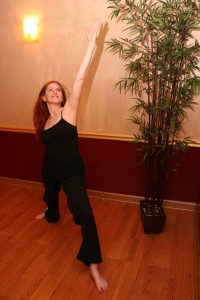
Clothes to Wear in Yoga Class
Before new students come to a yoga class, I usually tell them what they should bring. Some of these might seem basic but will just throw them in the mix anyway.
What To Wear and Bring in Hot and Beginner Yoga Classes
Clothes to Stretch In – For women this means a fitted shirt. If you just wear a loose T-Shirt then when you do a forward fold, you will be giving us a show of your bra and tummy. If you are wearing a tank top be aware that you might do doing poses where you might end up giving a cleavage show. Check your tank top that it is fitted and also covers some cleavage, especially if you are folding over. You do a lot of bending, twisting, and sometimes hopping and jumping so you need clothes that cover your lady parts no matter which direction your body goes.
I generally would avoid shorts since many of the poses you will be wide legged and you either might be giving us a show or you run the risk of your pants splitting, which has happened to me more than once. Sweat pants, yoga pants or my newly favorite pajama-jeans are some of my favorite bottoms to wear to yoga.
For a hot yoga class, it is acceptable and encouraged to wear crop bra tops and shorts. Sometimes the guys don’t wear shirts for these… depends on the class though.
A yoga mat. I always tell my students to bring their own yoga mats. Most yoga studios will have extras on hand, sometimes for free, sometimes you pay extra. Often these are not washed or cleaned just before. Do you really want your bare skin and face on a mat that was just smeared with someone else’s sweaty body? . One studio I went to never washed their mats and they smelled like Snooki’s armpit. I like to go to The Clymb as a cost and time efficient way to find a mat online.
Water– Just plain water. You might get pretty hot during the class and the studio often will not have a water fountain there. Sometimes they have bottled water but then you have to pay more for it. For a hot or power yoga class this is a must. Please don’t bring your double mochac part-skim decaf in the room. If it spills, it will be all sticky…… yuck.
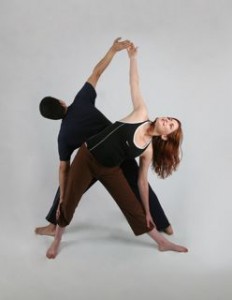
Bring Your Yoga Mat, Eye Pillows, Towels, Stretchy Pants to Yoga
Eye Pillow – This is one of the most heavenly ways to get more connected to the ether of the universe during shavasana (relaxation) Ideally one that is lavender – scented will turbo charge this. If you don’t have an eye pillow, then an eye- covering is a basic substitute. A simple thing that makes relaxation more profound. Not always easy to find these but if you do it will be worth the effort.
Towel (For hot or power yoga only) You’re going to sweat so planning on mopping yourself up a bit.
Depending on the class, you should inquire if you should bring blocks, a Mexican blanket and a strap and a towel..
In Restorative and Iyengar classes, they usually supply plenty of props such as blocks, blankets, chair, eye pillows and a dozen other things as well. When you are at your mat with all your props you feel like you have your own campground.
Wallets – it has been rare but it’s worth it for your peace of mind to have your wallet and keys in the room with you.
Avoid wearing hanging jewelry such a big dangling earrings and necklaces. When I invert then my necklace tends to choke me or whack me in the face.
Avoid dressing too sexy, which means clothes that are uber-tight and or see through. Generally it is mostly women in the class but if there are a bunch of dudes then you will feel self conscious doing a wide legged forward bend while wearing your see through camel-toe yoga pants with your crop bra top.
Avoid heavy perfumes and scented lotions. Just be neutral smelling. On the flip side, don’t come to class all stinky and subject us to your fumes.
Leave your cell phone in the car. Too easy to forget to turn it off and we don’t want to hear your snazzy cell phone ring when we are becoming one Shiva and Shakti.
Leave your shoes off or outside the room. In my thousands of yoga classes I have taken, I have never heard of anyone having their shoes stolen outside the room.
What are things that you always make sure to bring or leave at home during yoga? Post your answers on our Facebook page.
